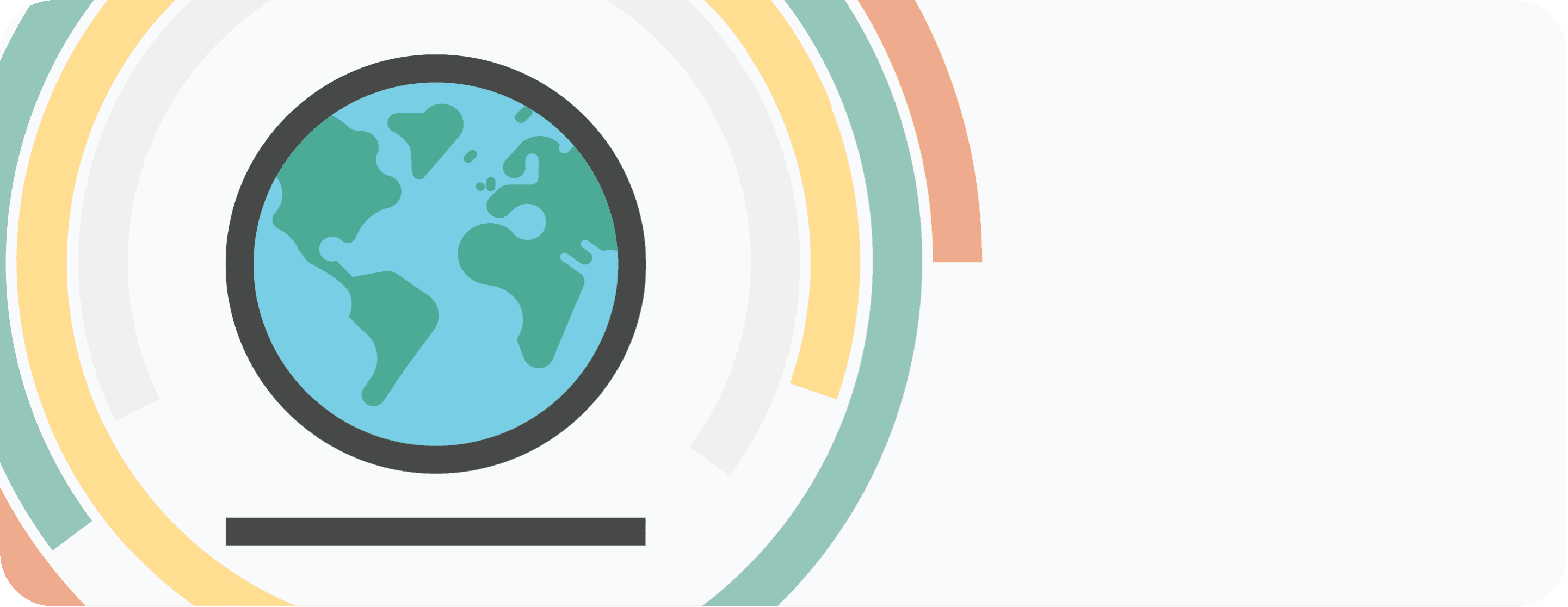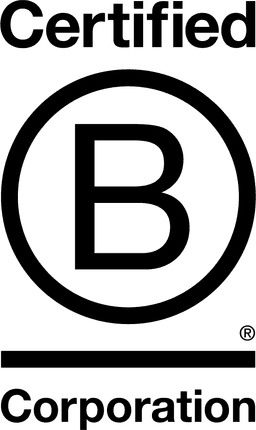

Third Man Limited DBA Upendo Honey

Kigoma Region, Tanzania
June 2021
Agricultural Processing
Agriculture/Growers
Ireland,
Tanzania
TML/Upendo Honey is certified to EU and USDA NOP standards and adheres to HACCP food safety standards. Their honey is sourced from hives in designated forest reserves where no agriculture is possible. They work with local government authorities to protect these forest reserves from agriculture encroachment or from cutting trees for charcoal production. Their activity helps protect native woodlands, and their products are fully traceable right back to the beekeeper in the forest. Beekeepers in Western Tanzania are some of the poorest people on the planet. Through training, certification and Upendo Honey’s international reach, beekeepers' incomes increase: buying from Upendo Honey creates jobs and prosperity in remote communities that have little of either. As the largest private sector employer in the Kigoma region, Upendo Honey provides good paying jobs in a region and country where they are rare. In particular, Upendo Honey chooses to invest in women: over 50% of employees in their processing facility are women, as well as several key management and directorship positions.
Overall B Impact Score
Governance 6.7
Governance evaluates a company's overall mission, engagement around its social/environmental impact, ethics, and transparency. This section also evaluates the ability of a company to protect their mission and formally consider stakeholders in decision making through their corporate structure (e.g. benefit corporation) or corporate governing documents.
What is this? A company with an Impact Business Model is intentionally designed to create a specific positive outcome for one of its stakeholders - such as workers, community, environment, or customers.
Workers 37.3
Workers evaluates a company’s contributions to its employees’ financial security, health & safety, wellness, career development, and engagement & satisfaction. In addition, this section recognizes business models designed to benefit workers, such as companies that are at least 40% owned by non-executive employees and those that have workforce development programs to support individuals with barriers to employment.
What is this? A company with an Impact Business Model is intentionally designed to create a specific positive outcome for one of its stakeholders - such as workers, community, environment, or customers.
Community 41.7
Community evaluates a company’s engagement with and impact on the communities in which it operates, hires from, and sources from. Topics include diversity, equity & inclusion, economic impact, civic engagement, charitable giving, and supply chain management. In addition, this section recognizes business models that are designed to address specific community-oriented problems, such as poverty alleviation through fair trade sourcing or distribution via microenterprises, producer cooperative models, locally focused economic development, and formal charitable giving commitments.
What is this? A company with an Impact Business Model is intentionally designed to create a specific positive outcome for one of its stakeholders - such as workers, community, environment, or customers.
Environment 26.2
Environment evaluates a company’s overall environmental management practices as well as its impact on the air, climate, water, land, and biodiversity. This includes the direct impact of a company’s operations and, when applicable its supply chain and distribution channels. This section also recognizes companies with environmentally innovative production processes and those that sell products or services that have a positive environmental impact. Some examples might include products and services that create renewable energy, reduce consumption or waste, conserve land or wildlife, provide less toxic alternatives to the market, or educate people about environmental problems.
What is this? A company with an Impact Business Model is intentionally designed to create a specific positive outcome for one of its stakeholders - such as workers, community, environment, or customers.
Customers 1.3
Customers evaluates a company’s stewardship of its customers through the quality of its products and services, ethical marketing, data privacy and security, and feedback channels. In addition, this section recognizes products or services that are designed to address a particular social problem for or through its customers, such as health or educational products, arts & media products, serving underserved customers/clients, and services that improve the social impact of other businesses or organizations.